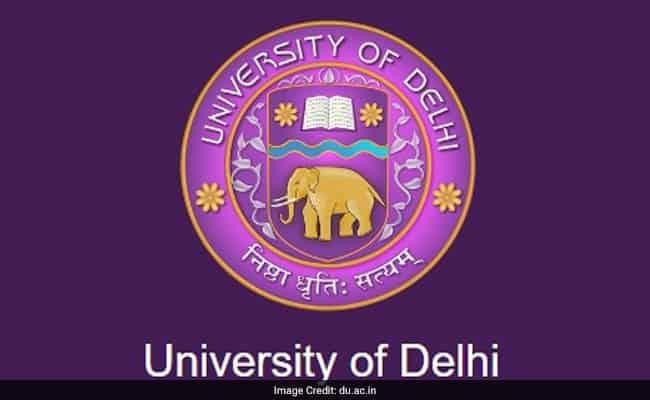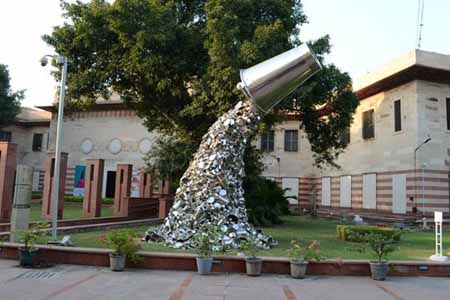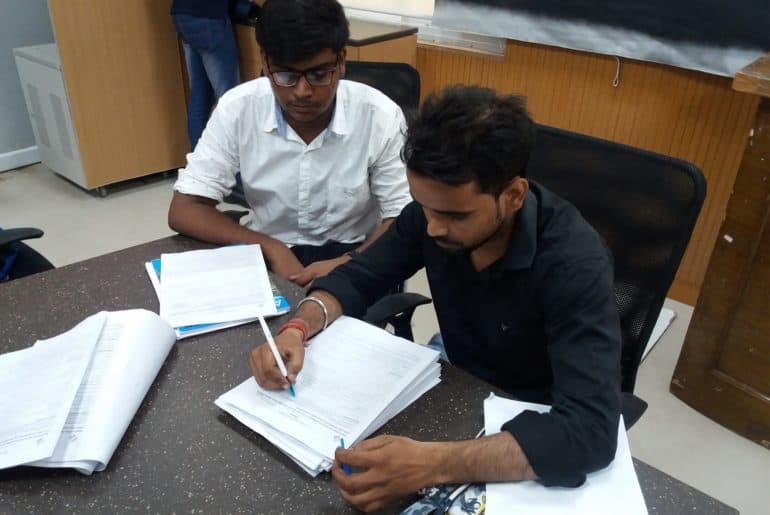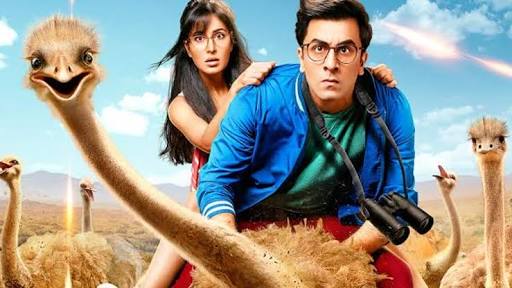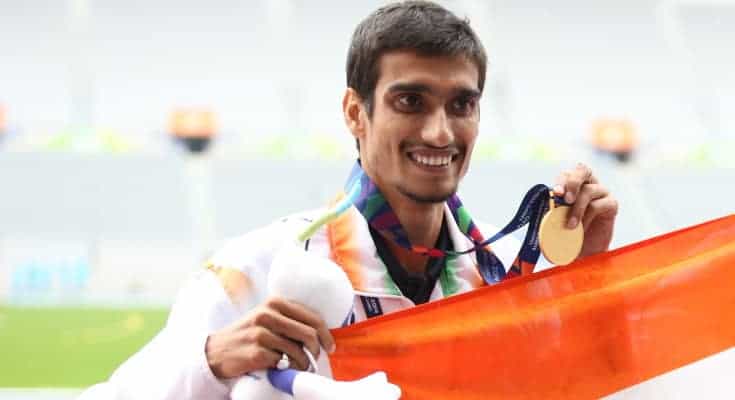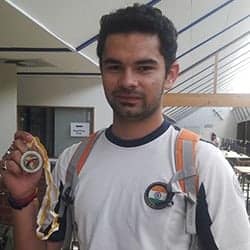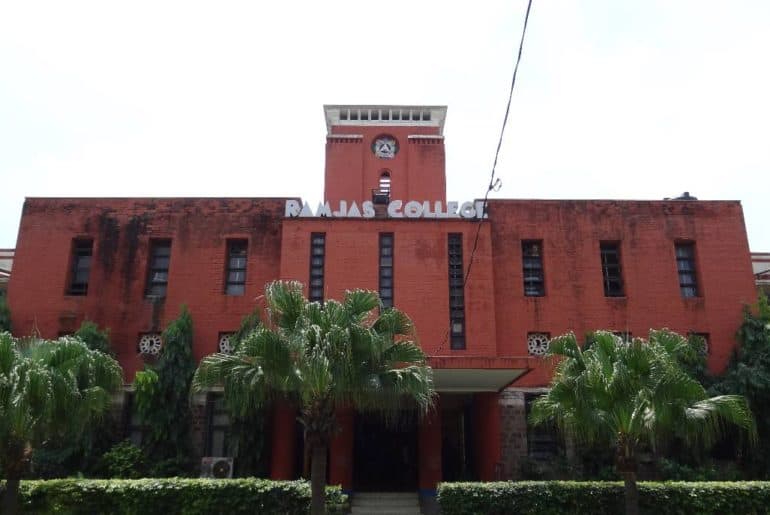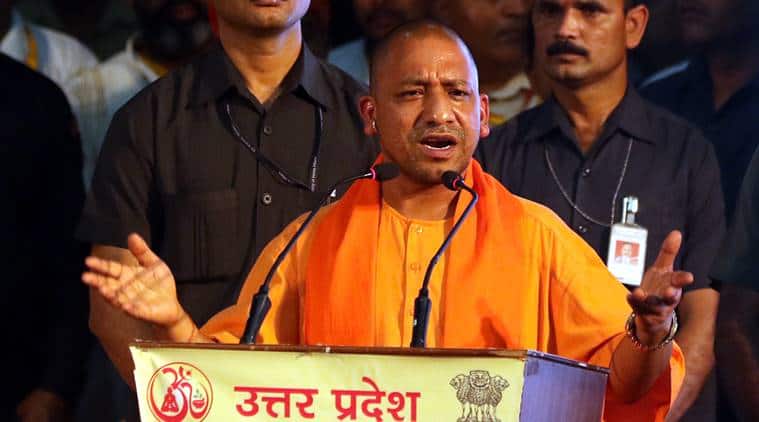In the era of Game of Thrones, Suits, Sherlock, Friends and other such sitcoms from the West and Permanent Roommates, Tripling, Pitchers, Little things, Girl in the city, The Trip, AIB Podcast, Shut up ya Kunal, A Man’s World and other such web series and shows from India, I know we have a lot of things on YouTube and Netflix to hop on a couch with our laptops and a packet of chips. The University of Delhi (DU) offers a good old number of courses in Economics, History, Literature, Philosophy, Political Science etc. And since we have become a part of DU, I think we should expand our viewing and use the web culture to its fullest. Here’s a list of series and documentaries that you need to watch right away!
- For the lovers of Literature and all you sensitive beings

Epic Channel came up with a wonderful show, Stories by Rabindranath Tagore, featuring some of the Nobel laureate’s classic works like Chokherbali and Charulata in an episodic format on TV. Netflix has bought this show created by acclaimed director Anurag Basu, and it can be viewed on Youtube as well. If you are interested in short films, watch those created by Terribly Tiny Tales, the world’s most celebrated micro-fiction platform, as they call it. You will fall in love with their Aamad, Elayichi, Rear View, Dry Day, The Last Day and Cuddly Bunny amongst all the other stories filled with the tiny estranged emotions of our daily lives. I hope all of us have watched the Malgudi Days and I sincerely suggest you to go for The Lizzie Bennet Diaries based on the classic Pride and Prejudice.
- For all the thinkers and postulators

Watch Zeitgeist (film series), made up of 3 documentaries directed by Peter Joseph, where it tries to draw conspiracy theories about religion—Jesus myth hypothesis, 9/11 attacks where it asserts that the American government had advanced knowledge on the terror attack, and the third part calling for the Federal Reserve Bank to be controlled by a small group of bankers who collude to create global disasters, all in order to benefit themselves. Also watch CONSUMING KIDS- The Commercialization of Childhood, which portrays the harmful effects of fast food, violent video games and crass materialism being sold to American children by ruthless marketers, and sheds light on the ethics required to preserve the innocence and sensitivity of children. The War of The Worlds (TV series) postulates extraterrestrials invading our planet and War On Our World (documentary) examines imperialist tendencies and war. A must watch for all the theorists out in DU!
- My dear future bankers and economists, better watch these!

OVERDOSE: The Next Financial Crisis is a top notch 47-minute documentary on whether the governments can save the banks or the banks can save the governments, based on recession and economic crises happening all around the world, with stock markets crumbling down and how it unravels into a time of payback for all the years of partying during a boom. In the entire world’s quest for oil and the rise of renewable energy, watch another documentary, Fuel, for its the optimistic take on world’s problems and the solutions to unemployment and depletion of natural resources. Also go for the UK based 97% Owned, a well-researched take on money and the financial markets of the world.
- For the sake of politics

In order to understand the creation of a whole, united India, watch the episodes created by ABP News—Pradhanmantri. Shekhar Kapur is the anchor of this docu-drama, and it is an interesting take on the politics of India since 1947. Go for similar shows like Ramrajya, Samvidhan and Bharat-Ek Khoj. You will get all the much needed political insights on the Constitution of India and the ‘Discovery of India’.
- Military, war and International relations

I am sure you’ll remember Shahrukh Khan’s debut serial Fauji, based on the life of an Indian Army commando. Definitely watch it to get inspired. It was first aired on DD National and went on to become a huge success. In a similar fashion, go ahead with Sea Hawks, starring Milind Soman and others and Aarohan, starring Pallavi Joshi, in order to get an idea of life in the Indian Army and the Indian Air Force, respectively.
Nowadays, international conflict and international law are the hot favourites of students and if you loved movies like 300, Clash of the Titans, Troy and others, and want to get to know about the Cold War, the World Wars, Nazi Germany etc., do watch Cold War (TV mini-series) first broadcasted on CNN, Band of Brothers, Science and Swastika, and Iran (Is Not The Problem.)
And that’s a wrap! If you have watched other videos, vlogs or short films, do suggest them in the comments section.
Oorja Tapan
Image credits:
- Youtube
- Wikipedia
- Indianetzone
- Amazon


